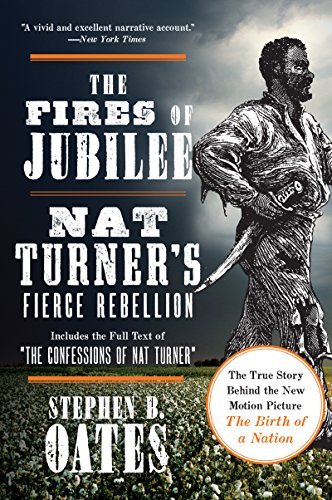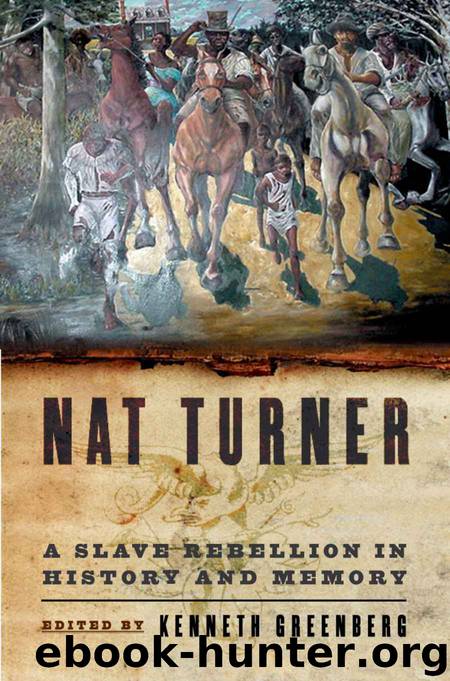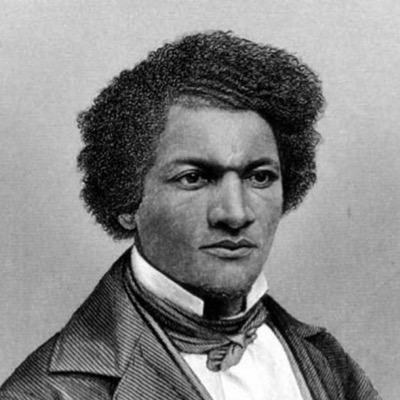
#Nat tuner revolt trial#
Gray, a lawyer and plantation owner assigned as Turner's defense counsel, interviewed Turner during his trial and later published The Confessions of Nat Turner, a pamphlet containing the story of Turner's rebellion from his own point of view.
#Nat tuner revolt free#
Thirteen slaves and three free blacks were hanged, but Turner was not captured until two months later, less than five miles from where the raid had begun. They were finally stopped on their way to Jerusalem, the county seat, where they had hoped to gain additional support and replenish their ammunition. As the revolt progressed, Turner's "army" continued to grow. By the following morning, Turner's group, which had grown to 60, had traveled through the county, killing at least 57 whites. On the day the revolt was to take place, he and his men gathered in the woods and then began their raid by attacking the Travis plantation and killing the entire family. He plotted his revolt for six months, sharing his plan with only four others. Turner, who was the slave of Joseph Travis, was a preacher who saw visions and felt divinely inspired to lead his people to freedom. Turner was raised by his mother and paternal grandmother after his father ran away, and he was 31 years old when he led his infamous rebellion, often called his insurrection. Turner was born in Southampton County on October 2, 1800, the same year Prosser led his rebellion and Vesey was freed. In the end, at least 35 men, including Vesey, were executed.īy far the most notorious and successful slave rebellion was led by Nat Turner in Southampton County, Virginia, in 1831. Vesey's plot attracted more than 9,000 slaves and free blacks, but several slaves betrayed him, leading to the arrest of 131 blacks and four whites. Over a period of seven months, he planned an uprising to "liberate" the city, encouraging slaves to seize weapons, commandeer ships, and sail for the West Indies. Thomas in the West Indies, worked as a carpenter in Charleston, South Carolina. Several years later in South Carolina, Denmark Vesey, a slave who had purchased his freedom in 1800 with money from a winning lottery ticket, led another uprising. Governor James Monroe described it as "unquestionably the most serious and formidable conspiracy we have ever known." As a result, Prosser and 35 other slaves were executed, and the Prosser conspiracy gained national attention. As the time for the revolt drew near, two of the slaves warned authorities of the plot. Prosser envisioned that his "army" would eventually be joined by as many as 50,000 more.


He organized a plot in which approximately 1,100 slaves were to take Richmond. In 1800, Gabriel Prosser, a slave living on a plantation in southern Virginia, vowed to escape the brutal treatment of his master, Thomas Prosser. Although all three men were ultimately apprehended and executed, their courage and daring inspired other blacks to fight for their freedom and to cling to the hope that they, too, would someday be free.

The most infamous slave revolts were those led by Gabriel Prosser, Denmark Vesey, and Nat Turner. Among blacks, however, they were usually viewed as heroes and martyrs, although some slaves saw them as dangerous to their own survival. The leaders of slave revolts were often seen as murderers and lunatics by whites. territory, and thousands more occurred in the Caribbean and in Central and South America. Historians estimate that more than 250 organized slave revolts and conspiracies took place in what is now U.S. This attitude, which was common among slaveholders and those tasked with recording our nation's history, perpetuated the belief that slaves were generally passive and complacent and had no real reason or desire to rebel or to run away, a concept that more recent research has proven to be blatantly false. history books still contend that enslaved Africans were generally resigned to their fate and that slave revolts were rare and unusual occurrences.

#Nat tuner revolt full#


 0 kommentar(er)
0 kommentar(er)
